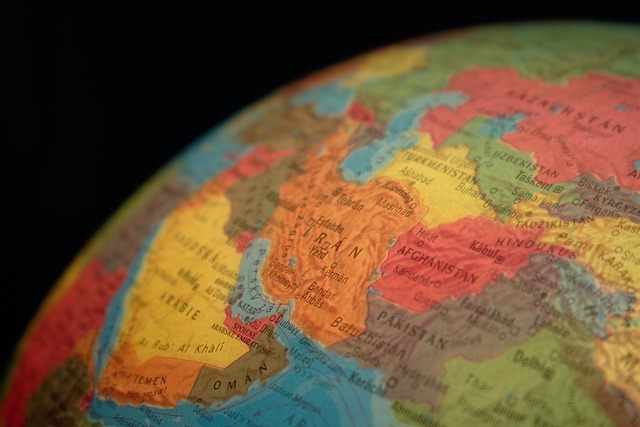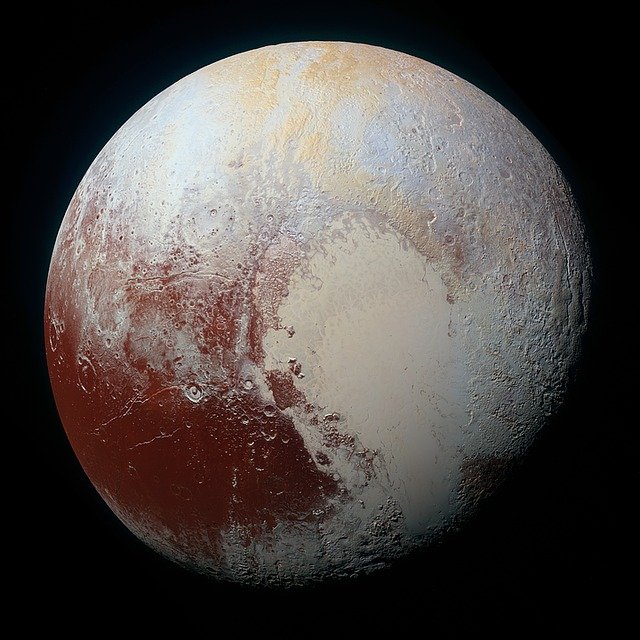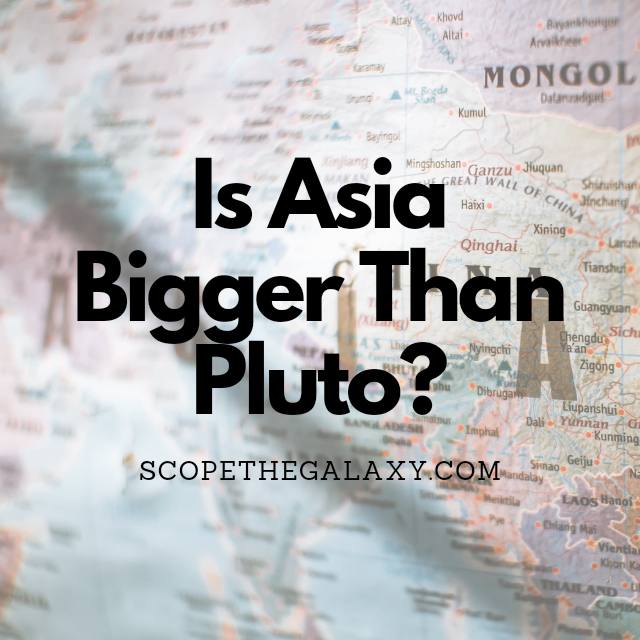*This post may contain affiliate links. This means we may make a commission if you purchase an item using one of our links*
Asia is the largest continent on Earth with a surface area of 44,579,000 million km² whilst Pluto’s is far lower at 17.6 million km² however, when the volume of each body is taken into account, Pluto does come out to be far bigger standing at 6.4 billion cubic kilometres whilst Asia’s volume is 2.78 cubic kilometers.
For a more detailed look at each of these bodies below along with closer look how big both Pluto and Asia are, continue reading.
How Big Is The Continent Of Asia?

Asia is the biggest continent on Earth, covering an area of 44,579,000 square kilometers, equal to 30% of the total land area of Earth or 8.7% of the planet’s total surface area. Asia possesses the highest and lowest points on Earth’s surface, plus it has the longest coastline of any continent.
Asia contains two of the three largest countries in the world: Russia and China, and it holds roughly 60% of the world’s population, with around 4.7 billion people.
We can divide Asia into five major physical regions: mountain systems, plains and deserts, plateaus, saltwater areas, and freshwater environments. Among the most impressive geographic features of the continent are the Himalayas, which extend 2,500km across the Southeast and separate the Indian subcontinent from the rest of Asia.
The Himalayas cover over 612,000 square kilometers of land; they are so vast that they contain three different mountain belts: the Greater Himalayas, Lesser Himalayas, and Outer Himalayas. The Greater Himalayans possess the highest average elevation at 20,000 feet. It also contains nine of the world’s highest peaks, which are all over 26,000 feet tall.
Asia boasts the highest mountain in the world, Mount Everest, which stands at 29,032 feet. The continent also possesses several plateaus, including the vast Iranian plateau, which covers more than 3.6 million square kilometers.
Meanwhile, the West Siberian Plain of central Russia is one of the largest continuous flatlands in the world. This plain has a length of 2,400 kilometers and a width of 1,900 kilometers; over 50% of its total area is lower than 100 meters above sea level.
Asia extends to a length of 11,000km between the Arctic Circle and the Indian Ocean; its width of 8,500km stretches from the Ural Mountains to the Pacific Ocean.
Lastly, if we were to say that the average thickness of Asia’s crust fell around 40km, it would have a volume of 2.78 cubic kilometres. This makes it larger still and a significant amount more than all the other continents present on Earth.
How Big Is Pluto?

Even though Pluto is a planet, which would have most individuals automatically assume it to be bigger than most if not all countries or continents on Earth, this won’t always be the case, especially when looking at different measurements to determine its size.
For the longest time it was assumed that Pluto, the now officially recognized dwarf planet, had a surface area smaller than the largest know country on Earth, Russia.
This is because prior to the newest mission in 2015, it was estimated to have a surface area of 16.7 million km² but the New Horizons launch, which observed the planet in more detail than even before, came to a more accurate calculation of the dwarf planets surface area, coming out to be 17.6 million km².
Pluto does not have an excessive number of mountains on its surface nevertheless, some of its ice capped mountains are rather tall with certain mountain ranges reaching peaks as high as 3.55km.
In regards to the planets overall thickness, taking into account Pluto’s diameter of 2,376.6km, it would be many times the thickness of every country within Earth, whether it be Russia, Canada, the United States and so on.
All in all, even if purely based on surface area Pluto is similar to that of the largest continents on Earth and possibly even smaller than some of the continents(like Asia) on our blue sphere however, when thickness and volume comes into play, Pluto blows all of them out of the water.
After all a volume of 6.4 billion cubic km is nothing to scoff at, and hardly a number that the majority if not all the flat land on Earth could even combine to beat.
Summary
Although Pluto is a dwarf planet and is far smaller in terms of surface area when compared to Asia, when the overal volume of its sepherical shape is taken into account, Pluto some what dwarfs Asia, despite the fact Asia is home to the 2 largest countries on Earth.

